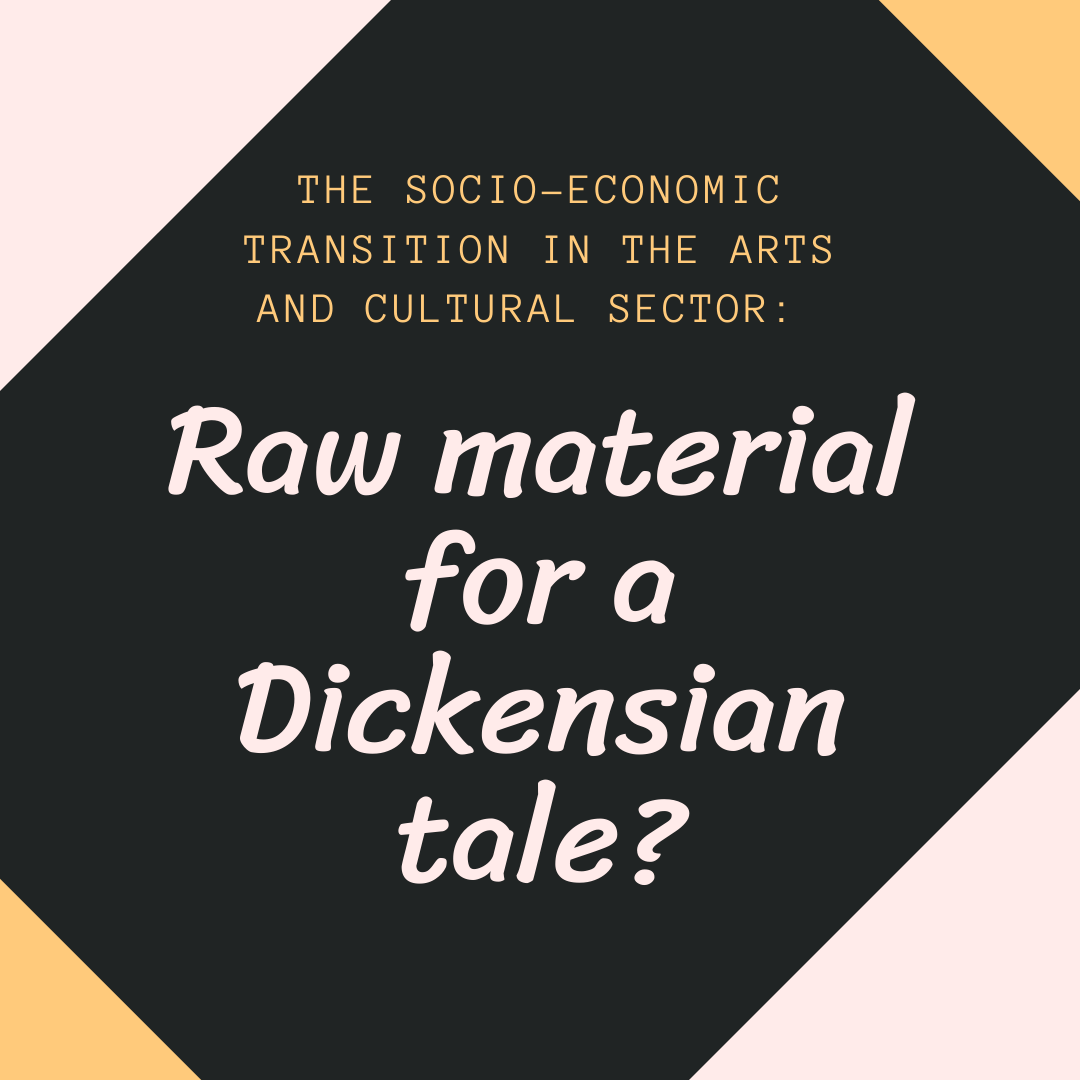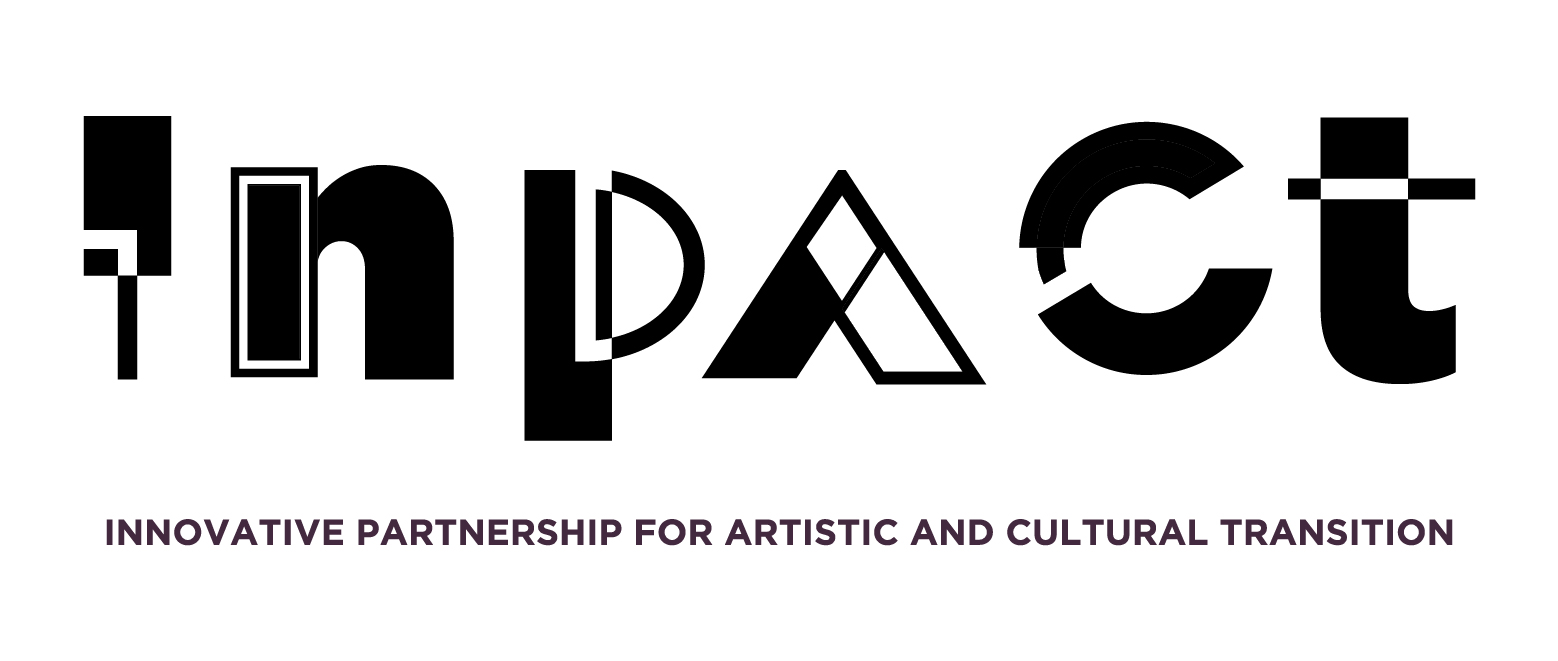Artists, creators and small cultural non-profit organisations taking part in our INPACT survey and discussion groups tended to describe the impact of the socio-economic transtion in negative terms.
Artists and cultural workers’ atypical work patterns were evident in comments like:
"All people involved in the organization of an exhibition get a wage, except the artist"
“Time devoted to rehearsal/creation is not considered working time by administrations and that has a negative impact on claims for social benefits (unemployment/health/retirement)”
As a result, a large number of artists are forced to resort to pluriactivity and find a complementary job. In our survey (n=208), 44 % of freelancers in the cultural sector combined self-employment with employment in a different sector.
The working conditions of survey participants are not reassuring at all with 39 % of participants working seasonally or occasionally in the cultural sector and 55 % reporting income from work in the cultural sector has never or seldom been enough to cover all basic expenses (rentals, equipment, transport ...).
Access to finance is a thorny and complex issue and alternative funding strategies like Crowdfunding fail to deliver on their promises. Almost 3 out of 4 find distributing and selling their work very challenging and more than half identify lack of funding and market barriers as the main obstacle.
Another recurrent theme is the dependence on grants and how it curtails artistic freedom. Artists are sometimes dispossessed of their projects since they are obliged to respond to imperatives that are not really aligned with the work they do. Funding schemes are often seen as ill-adapted to the reality and needs of the sector. Applying for grants is a time-consuming process and more often than not artistic quality plays second fiddle to the economic aspects in the selection criteria.
COVID-19 has heavily impacted the work of artists and cultural workers in our sample. A 50% of the sample was affected by loss or reduction of activity in the cultural sector and subsequently complete or severe reductions in earnings that forced them to apply for public emergency relief grants.
Unfortunately, we’re sure this is not the first time you’re reading such a bleak depiction of the current state of the sector. And while COVID-19 may have made things worse, there are structural problems and long-standing, legitimate and urgent demands (Artist’s status) that remain to be addressed. Now, it would be utterly naive, if not obscene, to even think that toolkits, personal competence development or coaching schemes of any sort could be of help to navigate this transition when, if anything, this is essentially a matter of politics and policies.
All of the above echoes with some of the insights found in the excellent and comprehensive CULT report The Situation of Artists and Cultural Workers and the post-COVID-19 Cultural Recovery in the EU.”

Raw material for a Dickensian tale?
In this second post of the series we talk about our results on the Socio-Economic Transition...
